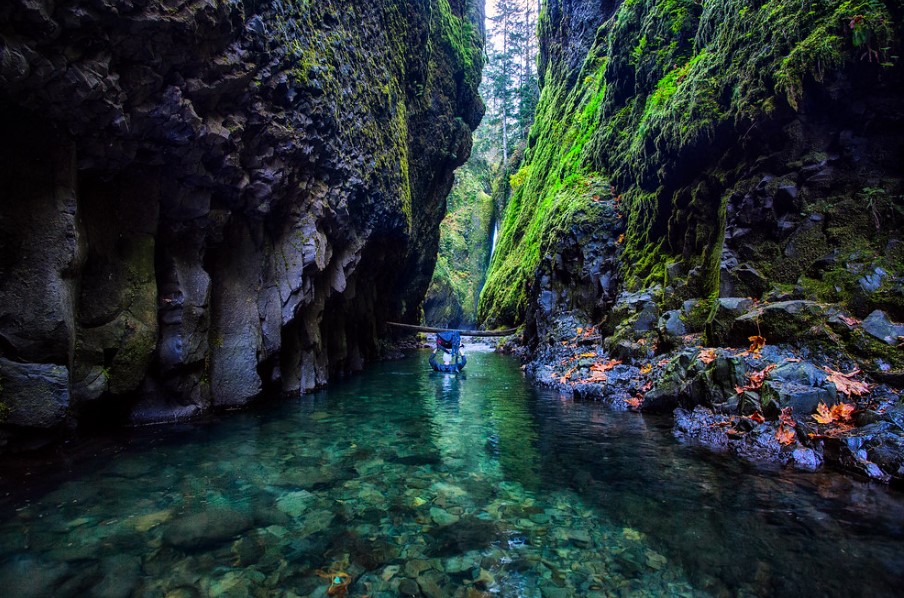Kīpuka, a Hawaiian word that means “hole” or “opening,” is the name given to them. In some cases, when lava flows erupt from a volcano and fill the mountain slopes and surrounding terrain, certain stretches of land are spared due to their elevation. Plants, animals, and birds seek refuge in these patches of land left untouched by lava in an otherwise hostile environment.
Some kipukas are common features in Hawaii, and they act as biological reservoirs for plants and animals; from them, the decolonized land can grow again. In addition, native species may be protected from recently invasive species in these areas. New species may find it difficult to obtain local flora and animals due to the rough environment, and they may even replace them.
This isolation can also foster speciation—the emergence of new and distinct species. In the event of kipuka formation, plants and animals that are unable to travel long distances become trapped. There is a limited gene pool of organisms within the isolated kipuka. As a result, different genes may become dominant over time without a larger population. Organisms may evolve to become entirely different species.
Among the most prominent Kīpuka in Hawaii is Kipukapuaulu on Big Island, which has survived many lava flows from Mauna Loa volcano and is now one of the most biologically diverse forests in Hawaiian Volcanoes National Park, with more native tree species per acre than any other forest. Within a fresh Kīpuka, dead trees guard their living compatriots as skeletal guardians. In the right conditions and when the lava flow ceases, those dead trees fall, becoming soil on which seedlings of surviving plants survive and grow, restoring the original forest.
On Pu’uhuluhulu, there is a koa forest (seen here), which is one of the most prominent kipuka along the Saddle Road. This is not only the tallest canopy forest in the area, but it’s also at the highest elevation on the island, as Pu’uhuluhulu is at 6,758 feet. The native ‘hi’a tree thrives best on younger lava flows, while koa prefers older, cinder soil.
Read More: Harras of Dhamar – Staggering Volcanic Area in Yemen












